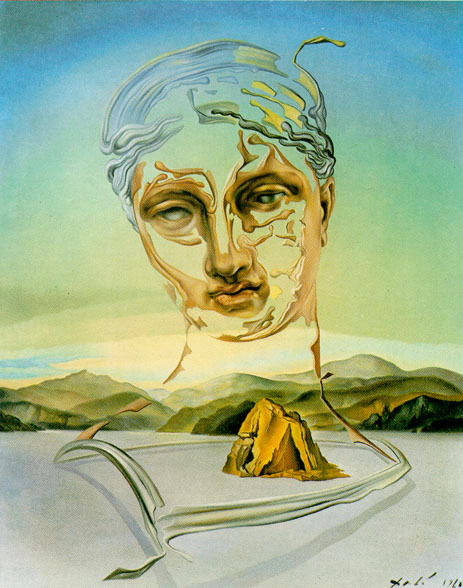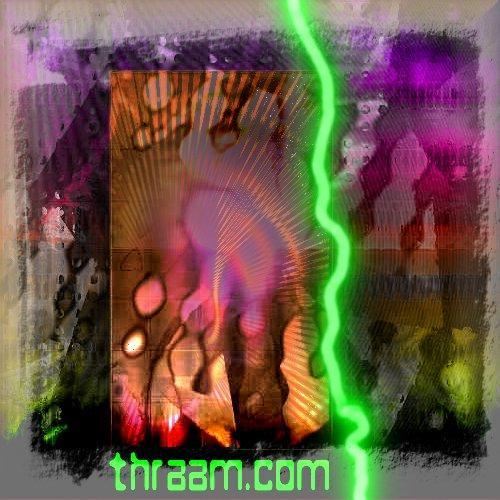|
Part 5: The World of Dreams Reexamined |
|
|
Section 4: LUCID DREAMING AND THE STUFF THE BRAIN MAKES UP |
|
|
|
|
| In the last section,we saw that the purely genetic explanation of dreams, which Activation Synthesis model offers, is inadequate. One of the contradictions of Activation Synthesis Model had to do with the fact that dreams are often a well-constructed story line, which also influences our behavior. Ever had a dream the elements of which had to do with people you knew or places you been to? Even if these elements were arranged in some bizarre ways they still had a meaningful massage, which you registered the following morning or maybe years after the dream? What is going on inside you brain and to what extent can we answer it? Lets look at a system of lucid dreaming which I think gives insight to these questions and in some ways prepares us to thinking about them in a new light. | |
| Lucid dreaming is a state of dreaming while knowing that you are dreaming. | |
| Did you ever wake up from a dream relieved to find that it was just that? Most people don’t KNOW that they are dreaming but a lucid dreamer does!!! | |
| Lucid dreaming has been proven to occur due to technology which lets people signal through electrodes attached to corners of their eyes (by prearranged eye movements) when they realize that they are dreaming. If dreams were simply a result of the forebrain ”making the best of a bad job in producing even partially coherent dream imagery from the relatively noisy signals sent up to it” from the brain stem, then how could a person know that they are dreaming, be able to exercise volatile choice in a lucid dream, or carry out a previously planned course of action in a dream? Also, studies of lucid dreams indicate that dreamers are at times able to have their own intentions, ideas, and feelings. | |
| So the genome and experiential input interact to produce a dream. But, just as the experiences you have can influence the genome , the genome can influence experience! That is,your experiences shape the dream you have and the dream may change your brain so that your behavior is changed as well.These two factors are played out in astonishingly unique ways in each individual. Therefore, it is hard to believe that the same symbol that appears in the dreams of two different people actually means the same thing, if anything at all. | |
| The brains of two people are extremely different, not only due to genetic differences but also because the experiences of each person are very unique. The other phenomenonthat adds to this uniqueness is how each of the person’s brains uses the input of genes and experience to synthesize the dream world. | |
|
THIS IS THE PART THE BRAIN MAKES UP! |
|
| Freud was indeed unto something with his notion of the conscious and unconscious self. The conscious self is sometimes referred to as the “I function.” The I function can be thought of asthe part of the self whichis aware of itself. The unconscious part is the storage of information in the brain which is not immediately available to the I function. However, it can become available through a dream . But remember the way that the unconscious self is manifested in the dreams is often bizarre, which also may make sense to the dreamer. So to answer the question of the meaning of dreams… sure there is meaning to any dream but it is in the context of the system which synthesized it. The meaning of the dream comes from combination of genome (remember the dream state generate in the brain stem?), experiences and the made up world of the brain using these two! All these together make such a unique system that the notion of universal dream symbolism becomes absurd. | |
|
Keeping all this in mind what is
there left to say about my original topic which seemed to get lost in
the broader context? Can we use the interbrain interactions we learned
of to set a larger context and make some sense about love?
Canthe conceptual framework created
in this project be extended to a new way of thinking about the “urge
to love”? These questions are addressed in Part 6 . |
|
| LINKS FOR LUCID DREAMING | |
|
Lucidity Research, Past and Future
What is a Lucid Dream?
Lucid Dreaming Proof |
|

